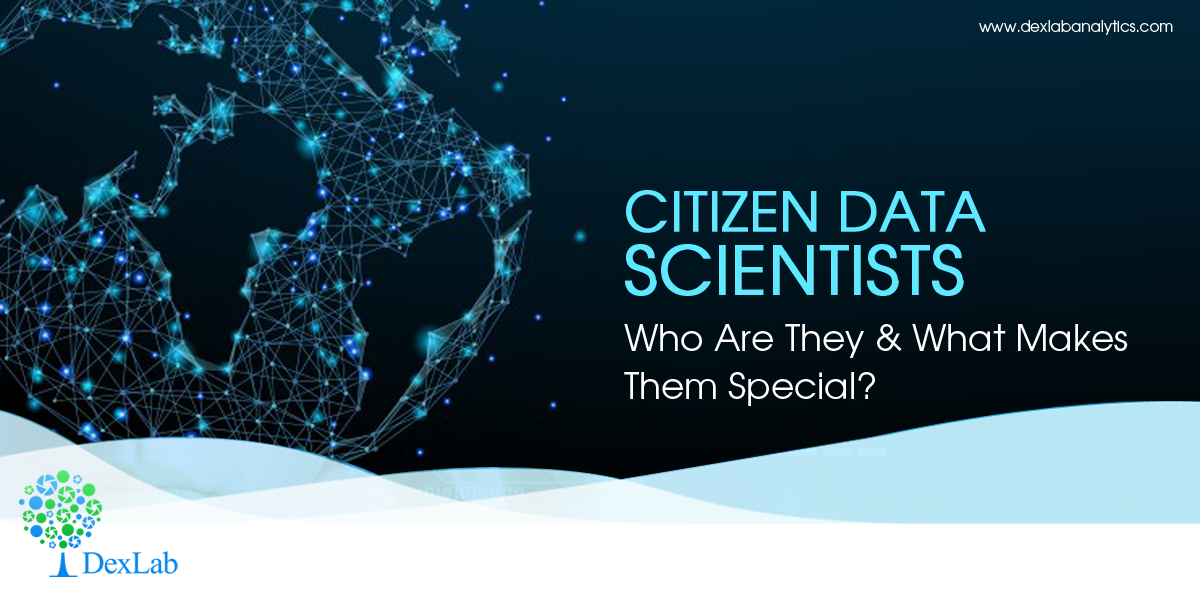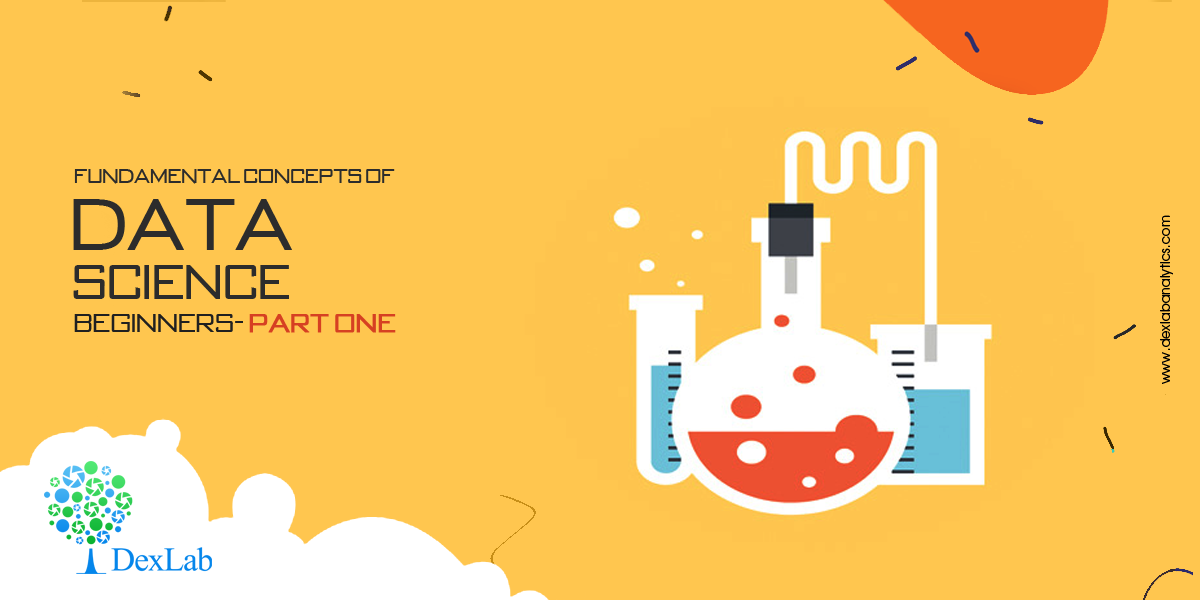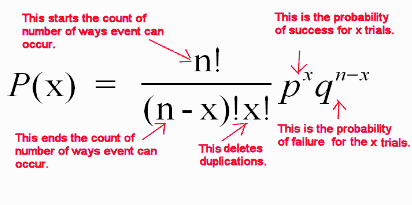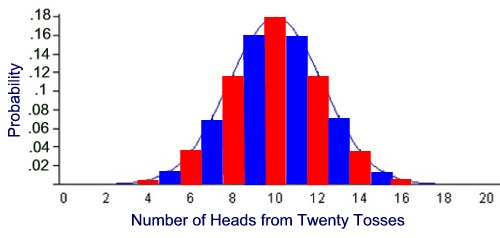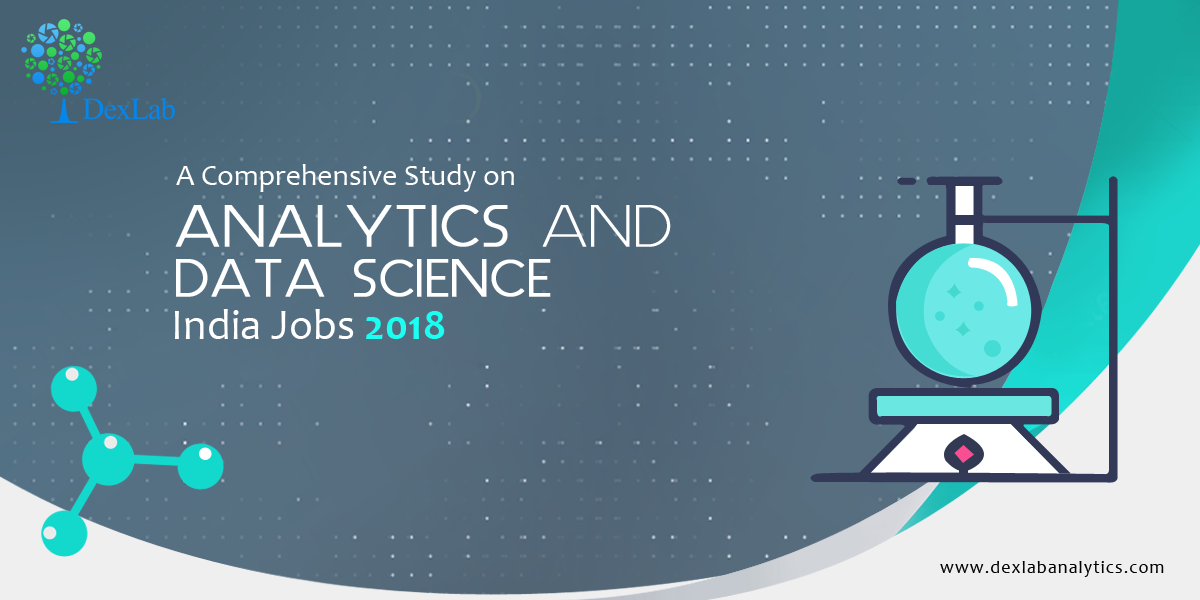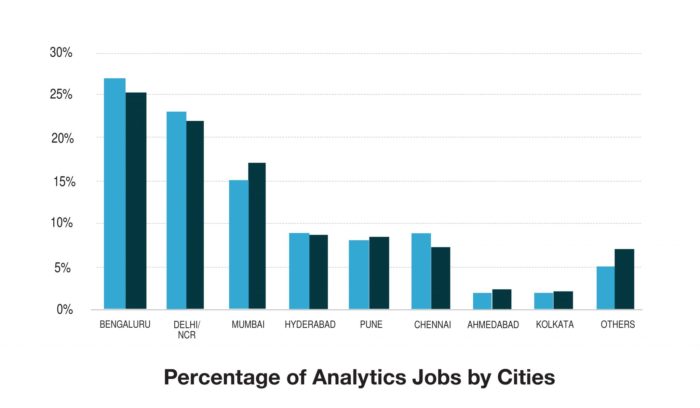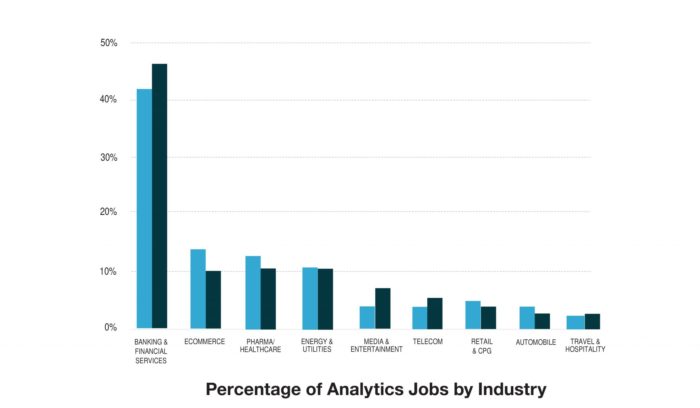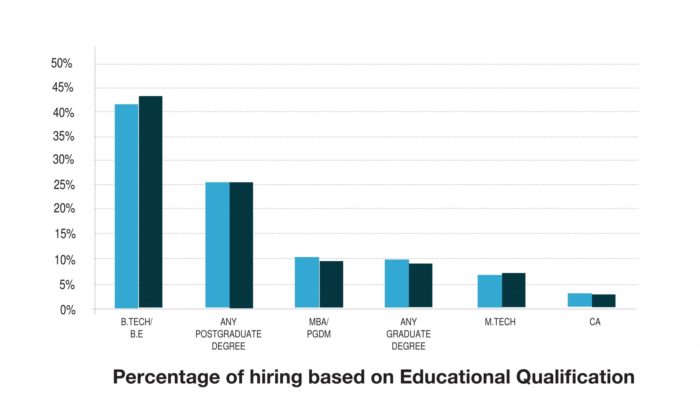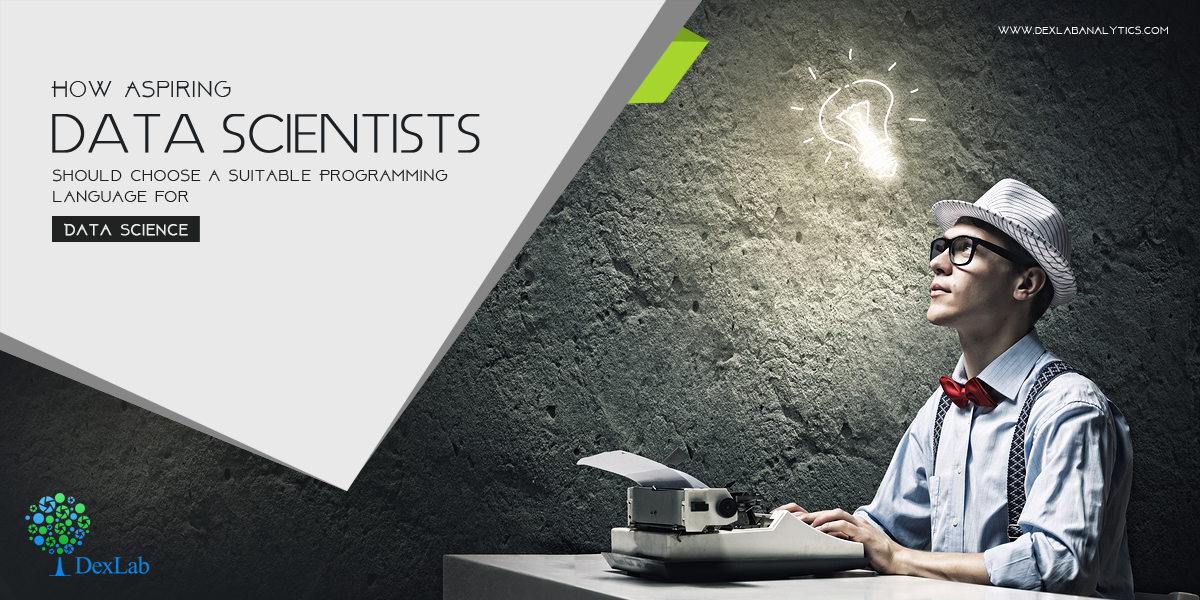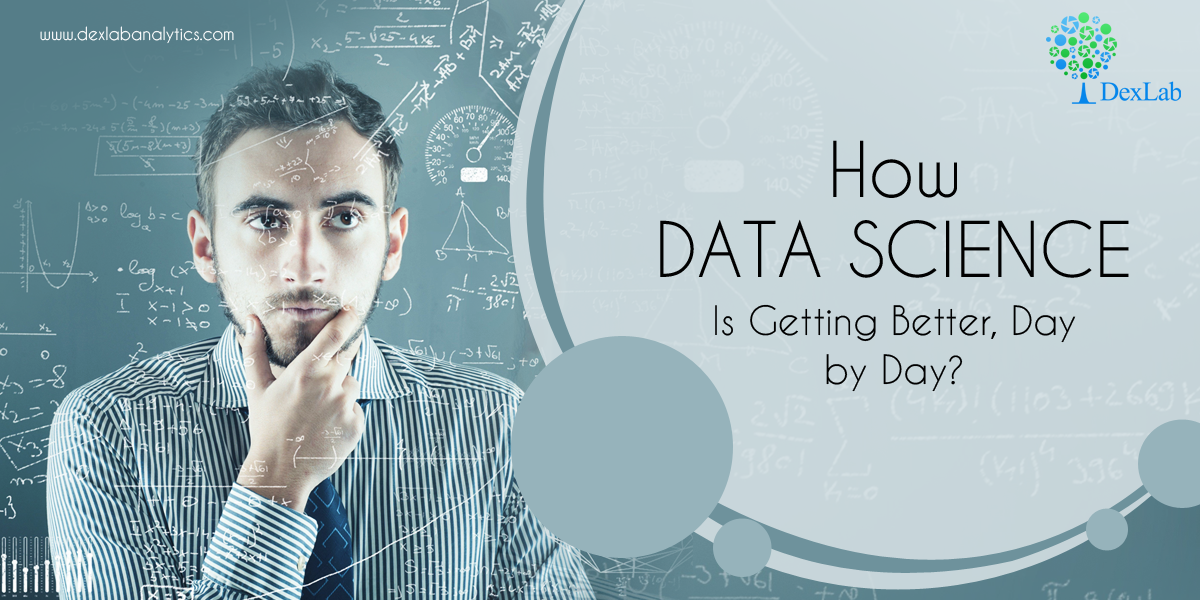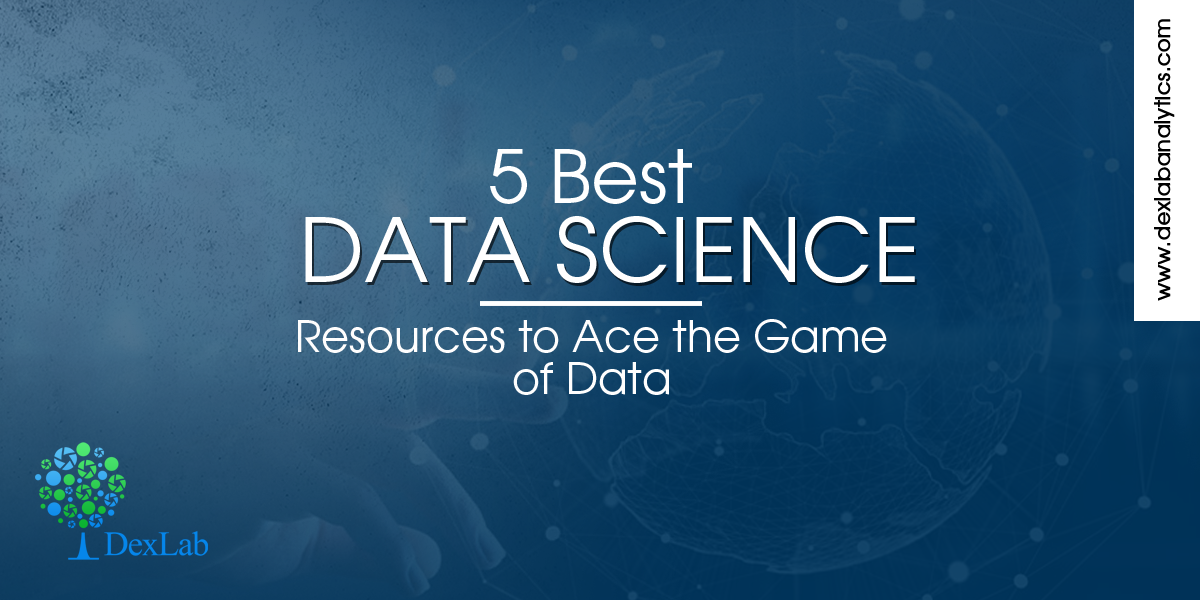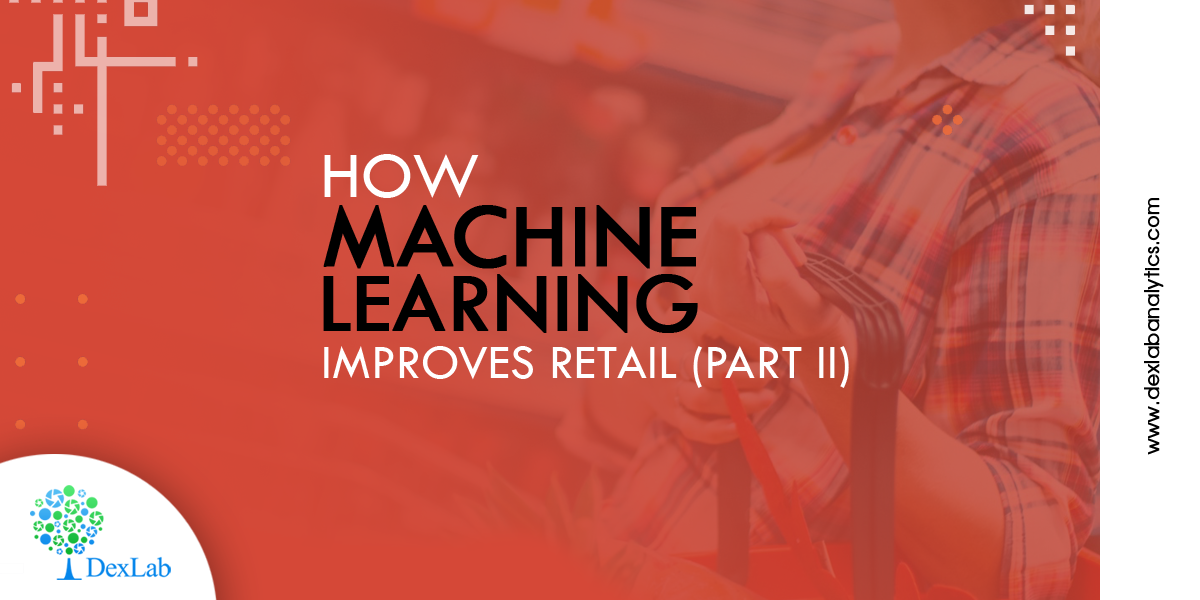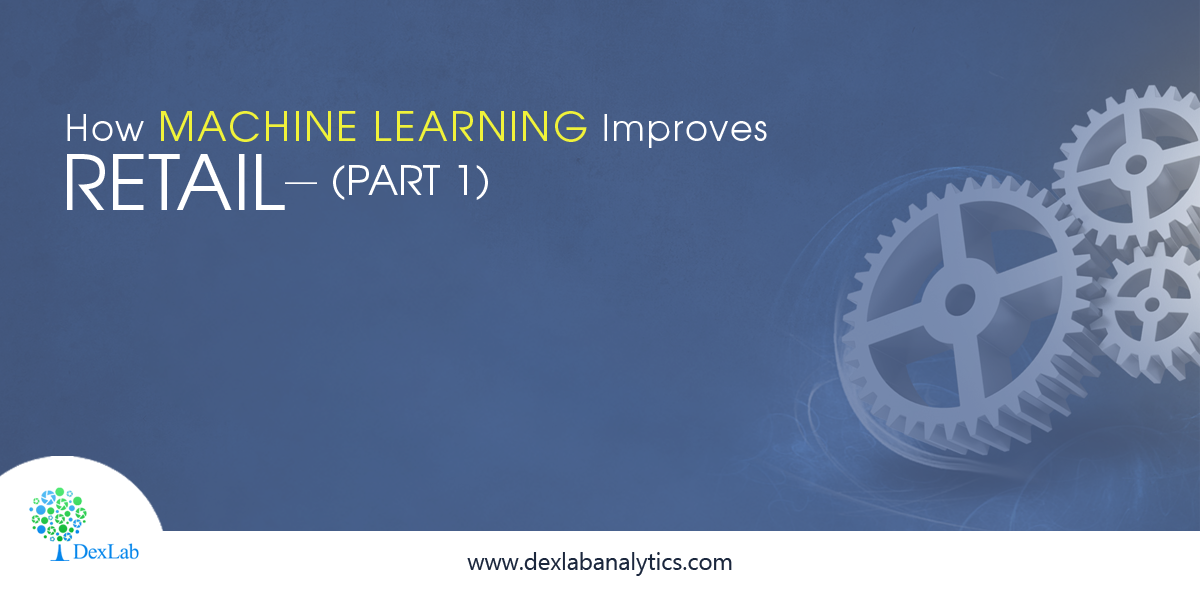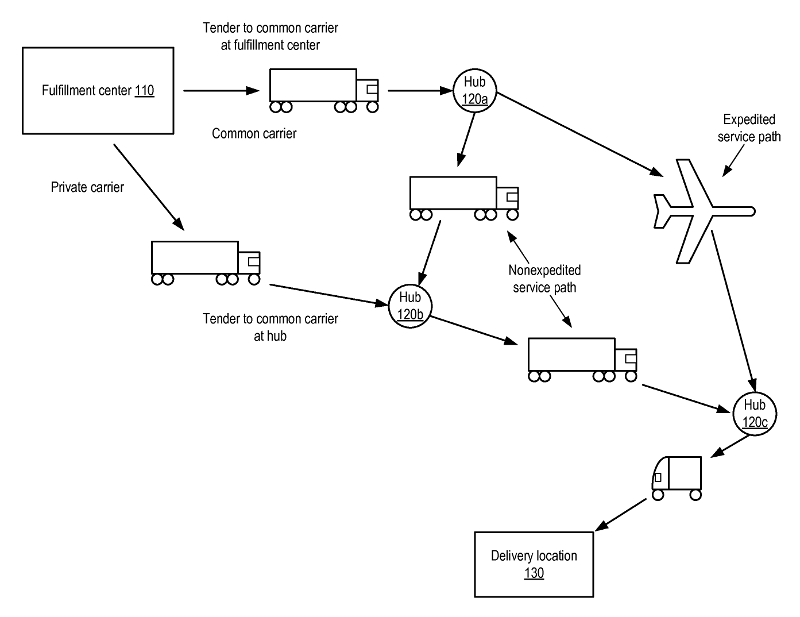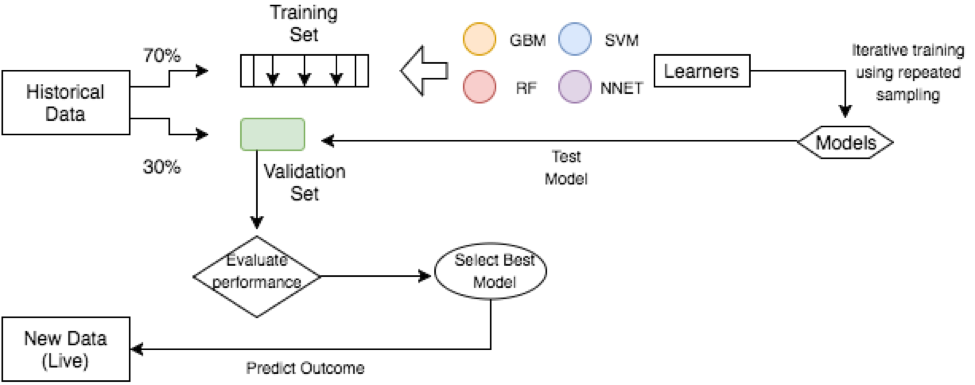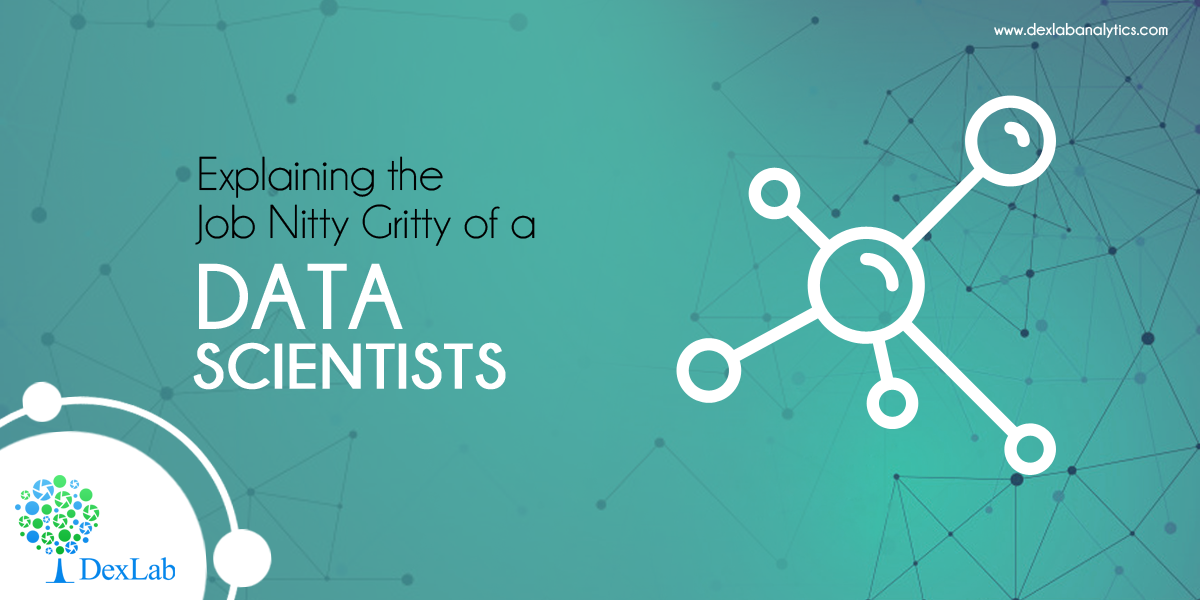
What do data scientists do? Since the inception of the term data science, we’ve heard about how it transforms all major sectors, including retail, agriculture, health, legal, telecommunications and automobile industry, but little do we know what exactly the job entails.
Following a recent DataCamp podcast DataFramed, we found out a set of key things about data scientists, and they are as follows:
Not only tech, but other industries are being explored
A prominent data scientist from Convoy shared insights about how their company is leveraging data science to revolutionize North American trucking industry. Then again, data science is also deemed to make a significant impact on cancer research. So, from this we can understand that data science is not only limited within the walls of technology but has started to seep through different industry verticals.
It’s beyond AI and self-driving cars
Sure, deep learning and machine learning are powerful applications, but not all data scientists are lost waddling around these top notch techniques. Instead, most of the regular data scientists earn their daily bread and butter through data accumulation and cleaning, creating reports and dashboards, data viz, statistical inference, communicating and convincing decision-makers about key outcomes.
Skill evolution
“Which skill is more important for a data scientist: the ability to use the most sophisticated deep learning models, or the ability to make good PowerPoint slides?” – The latter is crucial, so is communicating results.
However, these skills are likely to change very quickly. In a very short span of time. Rapid development across diverse open-source ecosystem is evident; as a result any kind of skill or expertise is unlikely to last long.
For quick Data Science Certification, drop by DexLab Analytics.
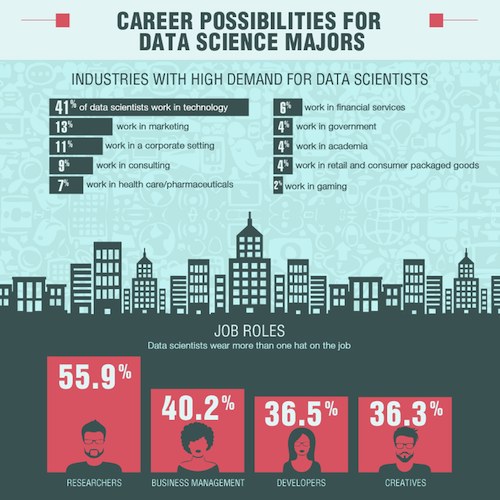
Specialization is the key
It’s better to break down data science into three main components: Business Intelligence, which talks about pulling out data and presenting it to the right people in the form of reports, dashboards and mails; Decision Science, which is all about gathering company data and analyzing it for decision-making; and Machine Learning, which deals with the ways in which we can use data science models and put them into production.
Choosing a distinct career path is an emerging trend and it’s gaining a lot of popularity for all the right reasons.
Ethics is a driving factor
No wonder, this profession is full of uncertainty; at a time, when most of our daily interactions are influenced by algorithms designed by data scientists, what role do you think ethics play? On this context, this is what Omuji Miller, the senior machine learning data scientist at GitHub has to say:
‘We need to have that ethical understanding, we need to have that training, and we need to have something akin to a Hippocratic oath. And we need to actually have proper licenses so that if you actually do something unethical, perhaps you have some kind of penalty, or disbarment, or some kind of recourse, something to say this is not what we want to do as an industry, and then figure out ways to remediate people who go off the rails and do things because people just aren’t trained and they don’t know.’
Soon, we’re approaching a state where the need to maintain ethical standards would come from within data science itself and advocates, legislators and other stakeholders. Hope this consensus comes soon.
The data science revolution is quite the order of the day, and it’s going to stay for a while. So, if you want to ace up your data skills, we’ve superior Data Science Courses in Delhi. Just, visit our website and pore over our course offerings.
The blog has been sourced from — hbr.org/2018/08/what-data-scientists-really-do-according-to-35-data-scientists
Interested in a career in Data Analyst?
To learn more about Data Analyst with Advanced excel course – Enrol Now.
To learn more about Data Analyst with R Course – Enrol Now.
To learn more about Big Data Course – Enrol Now.To learn more about Machine Learning Using Python and Spark – Enrol Now.
To learn more about Data Analyst with SAS Course – Enrol Now.
To learn more about Data Analyst with Apache Spark Course – Enrol Now.
To learn more about Data Analyst with Market Risk Analytics and Modelling Course – Enrol Now.

